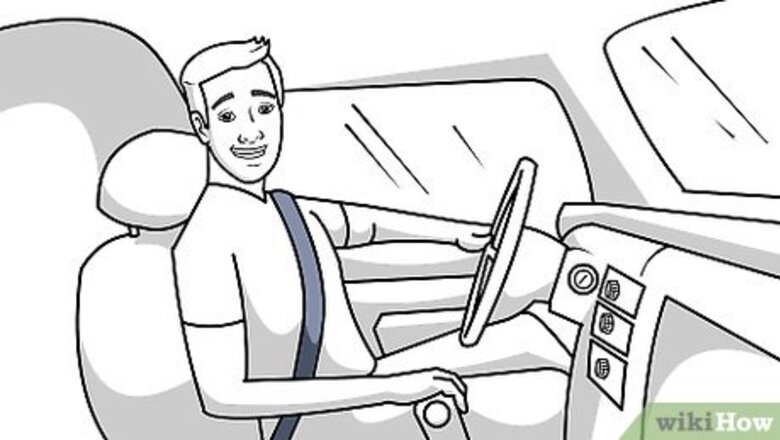
views
Starting a Car
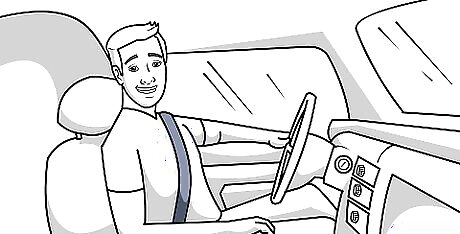
Get in the driver's seat and buckle up. Put on your seat belt. Do not drive without wearing a seat belt as it is both unsafe and illegal in many places!
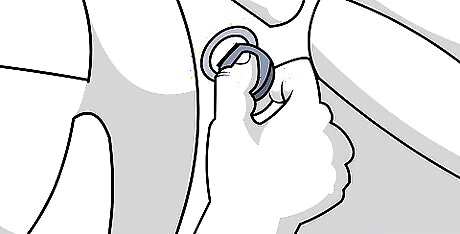
Insert the key into the ignition. The ignition point is often located near the steering wheel. It looks like a round piece of metal, often with writing on it, with a keyhole in the center of it. Insert the key all the way into the ignition after you find it. For most vehicles, you will need to take the key that came with the vehicle. You can usually also use a spare, provided it has been made properly. Some newer cars may not have a traditional key. You will need to find a button to start the car on these vehicles; this is usually labeled something like "engine start" and placed in a conspicuous location.
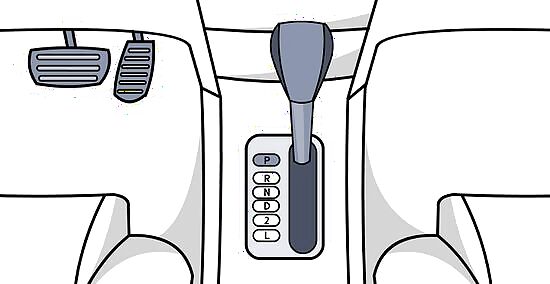
If you're starting an automatic car, put the gearstick in either the "P" or "N" position. "Automatic" refers to a car's transmission. It means that you don't have to change gears yourself — the car does it automatically. If the car has an automatic gearbox, there will be only two pedals. In some automatic cars, a flat rubber pad is placed on the far left of the driver's foot area; this is a "dead pedal" meant to be a place to rest your foot and is not a pedal. Automatic cars have a device called a neutral safety switch that prevents the starter from engaging unless the shift selector is in the "P" or "N" positions ("Park" or "Neutral"). This prevents the car from starting in gear.
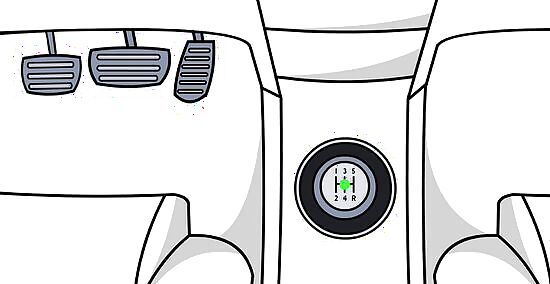
If you're starting a car with a manual transmission, put the gear stick in neutral. If the car has a manual gearbox, the car will have three pedals; the one on the left is the clutch pedal. It is important to make sure the car is in neutral — meaning that none of the gears are engaged - before attempting to start the car. If the car is "in gear" or sending power from the engine through the transmission to the wheels when the engine starts, the car will lurch when starting up and then stall. Damage to transmissions can also occur in some vehicles if they are started in gear. You can verify that a manual transmission car is in neutral by lightly jiggling the shifter; if it moves freely, then the transmission is not in gear. If the shifter feels stiff, then the car is in gear. While depressing the clutch with your foot, move the gearstick out of gear before starting the car.
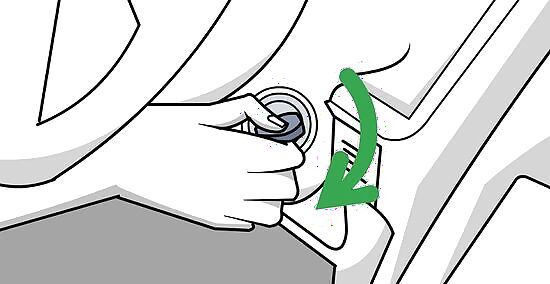
Twist the ignition key to start the car. You will have to rotate the key past two stops and push against a spring-loaded third and final stop to start the car. Use the same hand that you used to insert the key, and make sure you don't pull the key out while twisting it. Release the key just after twisting to the ignition point. If you keep the key turned as far as it will go after the engine is running, you will hear a very ugly grinding sound that comes from the gears in the starter and the gears in the engine grinding together. This is of course very bad for the car. The first two notches are labeled 'ACC' for 'accessories' and the second labeled 'ON'. The first position enables usage of the radio and other electrical accessories; the 'ON' position is the position that the key springs back to after pressing against the ignition.
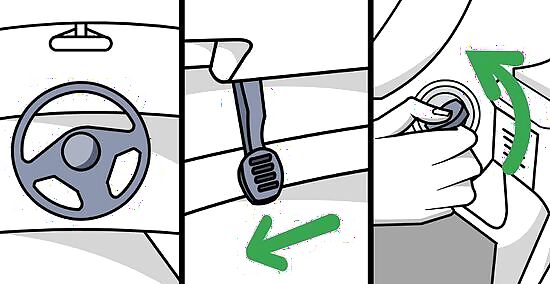
If the engine won't start, try these tricks in order. Sometimes, after turning your key in the ignition, a perfectly working car will fail to start. Don't worry; it's not the end of the world. If the key will not move past the first or second notch and the steering wheel will not move, the car has a steering lock engaged. A steering lock is a safety device designed to help make sure the car doesn't start unattended. On these cars you may have to 'jiggle' or shake the steering wheel back and forth a little to allow the keys to turn. If the car will not start, try pressing firmly on the brake pedal and/or clutch pedal while then turning the key. This is a feature with some newer cars intended to prevent them from taking off unpredictably when they are turned on. If the car still will not start, try turning the key in the other direction. Some older cars may not follow the same conventions as modern cars.
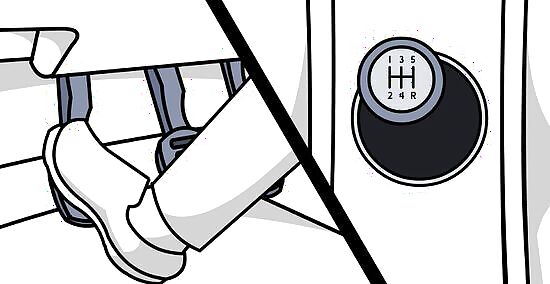
Be careful shifting into gear. Some (not all) manual transmission cars are equipped with a clutch safety switch which interrupts the electricity to the starter unless the clutch is fully depressed; this means that the clutch pedal must be pressed for the car to start. Once the engine is running, do not release the clutch suddenly with the engine in gear and no pressure on the accelerator; this will result in sudden vehicle movement and most likely stall the engine, causing it to suddenly stop running. You can prevent this from happening by ensuring that the car is not in gear before starting (using the gearshift-jiggling method above).
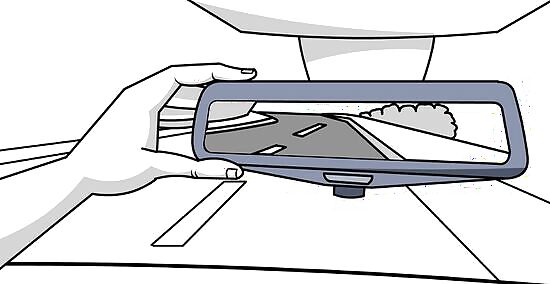
Look into your mirrors to avoid any people, objects, or cars, and drive safely. Be sure to follow the rules of the road, and be a defensive driver.
Troubleshooting If the Car Won't Start
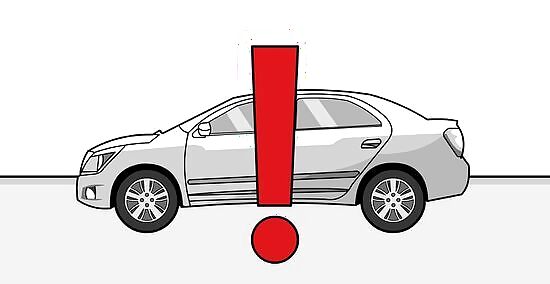
Know that cars may refuse to start for any number of reasons. Consult your car's manual and take your car to a mechanic if at all possible. If you really have to get somewhere or if you do not have access to a mechanic you can troubleshoot your car yourself.
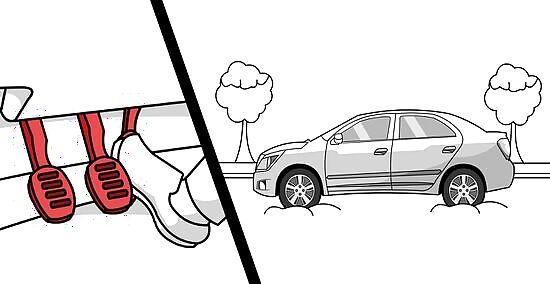
Learn how to start a car in very cold weather. If the car will not start and it is very cold outside, you may need to "pump the gas" or add additional fuel to the engine to make it easier to start. Whether you do or not depends on whether your car has a fuel-injected or a carburetor engine. If the car was made before 1990, assume the car has a carburetor. A carburetor is a mechanical device that mixes air and fuel and feeds it into the engine. On these cars, "pump the gas" a few times by pressing the accelerator pedal before starting. Pumping the gas in the causes the carburetor to release a small amount of fuel into the engine. Each time you depress the gas pedal on a car equipped with a carburetor, more liquid gas will be squirted into the engine. Be careful when you are pumping the gas on a cold car. Adding too much gas before a start may "flood" the engine, filling it with too much fuel and too little air to ignite properly since liquid fuel does not easily burn. (See the tip on starting a flooded engine.) If the engine has been flooded, press the gas pedal fully to the floor and crank the engine over. A fully depressed pedal will allow extra air into the engine to dry out the extra fuel. You may have to crank the engine longer than normal to get it to start. When it starts, release the gas.
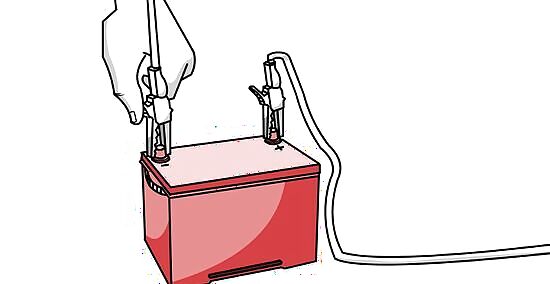
If your car will not "turn over" or crank, consider jumping the battery or replacing it. Dead batteries are by far the most common reason that engines won't start. In order to get your car running again, you'll want to jump your engine's battery. Otherwise, you'll want to change out a dead battery and replace it with a new one.

If the car makes clicking noises but will not start, consider replacing the alternator. You or your mechanic can perform a simple test to figure out if your alternator needs to be replaced.
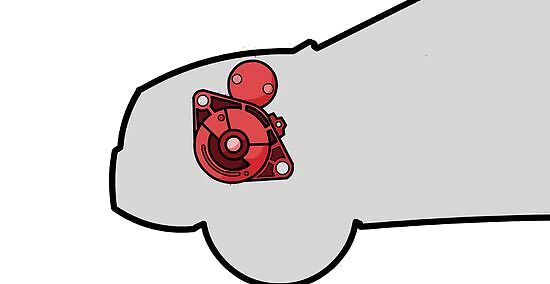
If the car's battery and alternator are good but the car will not start, consider replacing the starter. This is a repair that you or your mechanic can perform.




















Comments
0 comment